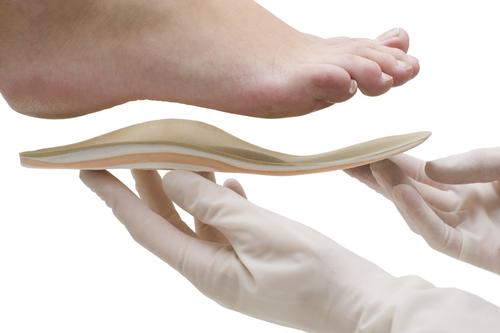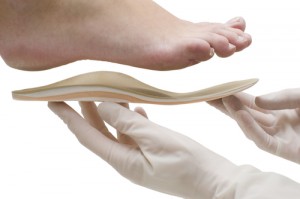New Multiple Sclerosis Society Funded Study Tests Whether Vibrating Insoles Improve Balance
Written by |

 A new Multiple Sclerosis pilot study was awarded a $39,000 grant by the National Multiple Sclerosis Society to investigate how patients’ sensation in their feet while standing impacts balance and whether their ability to walk is improved through the use of vibrating insoles.
A new Multiple Sclerosis pilot study was awarded a $39,000 grant by the National Multiple Sclerosis Society to investigate how patients’ sensation in their feet while standing impacts balance and whether their ability to walk is improved through the use of vibrating insoles.
Multiple Sclerosis is characterized by the destruction of the inner layer of nerve cells, mainly composed of myelin. This destruction is thought to occur either by patients’ own immune systems attacking the central nervous system, specifically myelin, or by cells failing to produce this component. Currently without any cure, MS affects over 2.3 million people throughout the world, leading to a diverse symptomatic disease, impacting visual, sensory, and motor capabilities. As a consequence, MS patients exhibit major limitations, notably fatigue and balance impairments.
In this study, a team of researchers at the University of Massachusetts Amherst will evaluate the sensation in patients’ feet soles (analyzing two different areas) and compare their results with healthy subjects. The analysis will be performed while sitting and standing up to determine how this impacts patients’ balance. The project introduces a new focus, since the majority of previous reports only determine patients’ parameters while lying down. Introducing a new standing parameter will allow determining how weight bearing impacts MS patients’ balance.
The authors are recruiting both patients with Multiple Sclerosis and healthy subjects aged between 21 and 65 years old. Notably, all the participants have to be able to walk and stand up without assistance. Participants’ ability to be enrolled in the study will be determine by different tests including, muscle strength and the 25-foot walk; additionally, patients will be analyzed for skin sensation (pressure and vibration), standing balance and posture evaluation.
[adrotate group=”4″]
With all parameters evaluated, the project will determine the effect of a vibrant sole to be administered in patients’ feet while vibrating at low, undetectable frequencies. This will be achieved by small devices – “factors” — introduced in patients’ shoe soles in the areas previously assessed as the most sensitive. Patients will then be evaluated in a blind test, consisting of five different postures in five-minute intervals before repetition, during which patients will not know whether the “factors” are being used.
In a final phase of the study, these results will allow the researchers to test how these factors help Multiple Sclerosis patients in the presence of an unexpected balance challenge, such as standing on a platform that without notice moves 3 inches (8 cm).
The researchers highlight that the study will uncover the potential use of vibrating shoe soles in patients with balance impairments.
Stephanie Jones in the department of kinesiology at UMass Amherst commented, “There is a lot of evidence that the somatosensory system, that is the skin’s sensation and body awareness or proprioception, is affected in people with MS, who often report peripheral sensory loss, for example. This method exploits the phenomenon of stochastic resonance of the nervous system. It applies a kind of ‘noise’ that can enhance a person’s skin sensation. If we identify this mechanism of somatosensory impairment in MS, perhaps we can develop other interventions to try to do more.”





